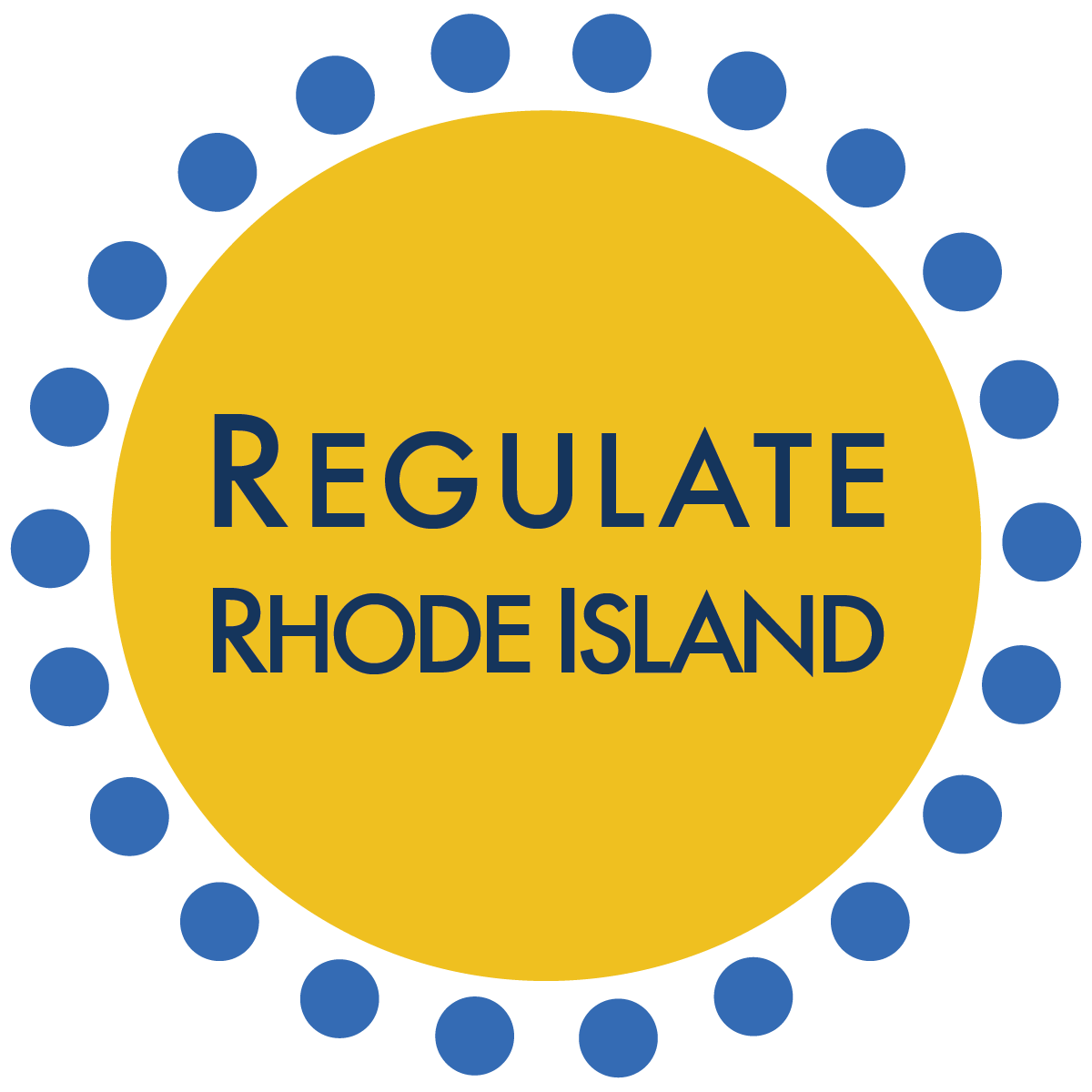Debunking Myths
“Marijuana is a ‘gateway’ to using harder drugs.”
REALITY: This myth has been debunked by every major study on the subject. For example, in a seminal 1999 report by the prestigious Institute of Medicine (IOM), part of the National Academy of Sciences, researchers found “marijuana is not the most common, and is rarely the first, ‘gateway’ to illicit drug use. There is no conclusive evidence that the drug effects of marijuana are causally linked to the subsequent abuse of other illicit drugs.”
“Legalization increases marijuana-impaired driving.”
REALITY: According to a 2016 analysis from the Cato Institute, there is no compelling evidence linking legal sales of marijuana with any increase in traffic fatalities. Studies like the often-cited AAA report, which purport to show an increase in marijuana-impaired driving in states after legalization, rely on the presence of marijuana in blood samples, which does not necessarily indicate the driver was impaired at the time of the accident. It is also important to note that Colorado and Washington changed their procedures for testing drivers involved in fatal accidents after legalization. This means that the increased statistics that some opponents of regulation point to could be the result of these changed policies rather than an increase in marijuana-impaired driving itself.
“Legalizing marijuana for adults will increase youths’ access.”
REALITY: Surveys show that 80% to 90% of high school seniors say that marijuana is “easy” to get in the illegal market. Unlike illicit dealers, regulated marijuana businesses require buyers to show identification to prove they are of age. Additionally, marijuana prohibition increases teens’ involvement in the illicit drug market. In a 2012 survey, over 40% of high school students said they knew a peer at their school who sold marijuana — while less than 1% said they knew student who sold alcohol.

 Regulate Rhode Island - Regulate Marijuana Like Alcohol
Regulate Rhode Island - Regulate Marijuana Like Alcohol